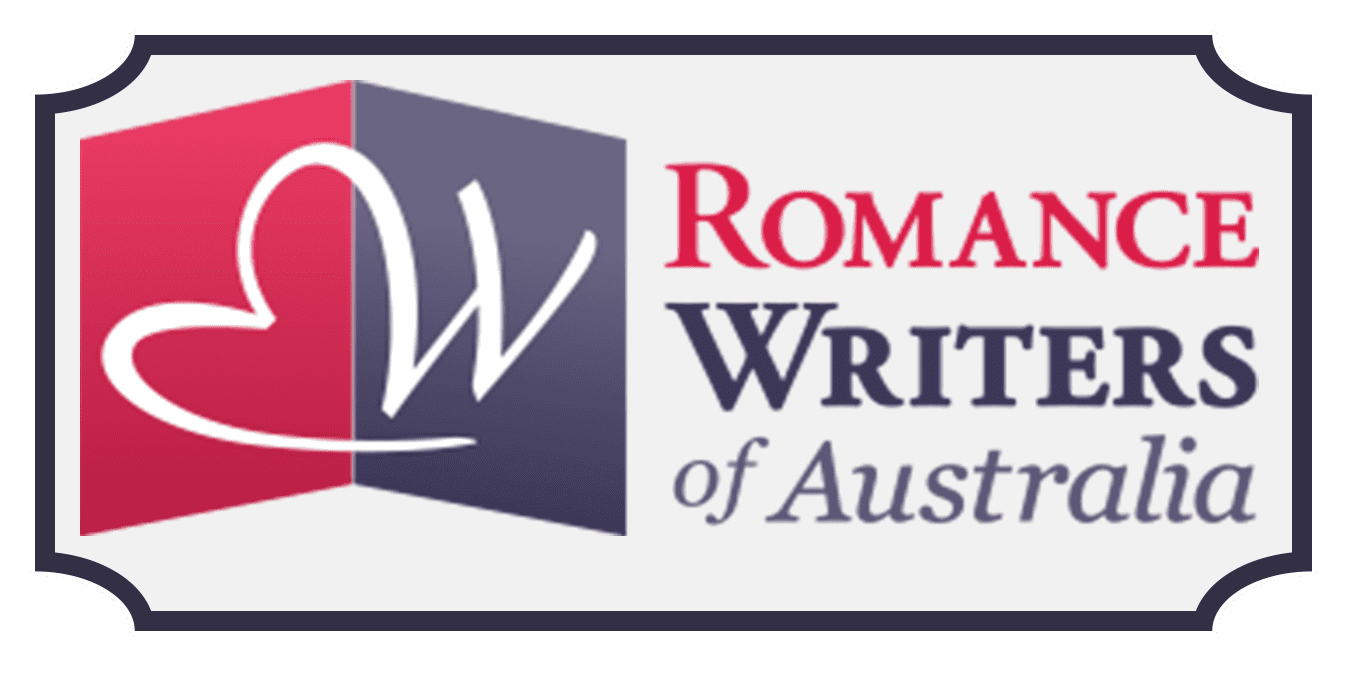Readers don’t buy by publisher*. Nobody goes into a bookshop and asks for the latest Pan McMillan title. Instead, they ask for the new Nora Roberts or, if the series becomes so well known that the character eclipses the author, the most recent Jack Reacher novel. So, even if you’re traditionally published you’re going to need an identifiable brand to distinguish yourself from your competition.
A brand is a combination of words, looks and feels that immediately tells the reader what you are offering. Running the same brand across all your public (online) platforms, helps readers immediately identify you and your work. You can do this by using the same logo, images and taglines in the headers of your website, newsletter, Facebook, Twitter, etc. There’s a trend against taglines on websites at the moment. That’s fine, but it means you rely even more on your visuals to sell your story.
Let’s look at some examples.
Kelly Hunter’s website (https://kellyhunter.net) header tells us a whole lot about her before we even get to one of her titles. She has an illustration of a couple in a modern contemporary style along with three short but crucial lines of text:
- USA Today bestselling author
- Kelly Hunter
- Smile if you believe in happy endings
These tells us she is a popular author of contemporary romance.
Anne Gracie (https://www.annegracie.com) has no tagline but the illustration and the font for her name clearly say historical. Her website also leads with a fabulous quote from the Chicago Tribune, a source with gives her immediate credibility. The quote mentions her specific genre, Regency.
April Tremayne’s website (http://www.avriltremayne.com) is very simple and book focused but her tagline is delightful and says it all — Romantic Comedy with a soupçon of smut. She’s contemporary, sexy and funny.
Keri Arthur’s brand (https://www.keriarthur.com) is all about the image. The combination of strong woman, wolf and spooky background scream urban fantasy/paranormal. Her author font is strong and bold. While there is no tagline, the prominence of the phrase ‘New York Times Bestselling Author’ speaks to her success and credibility.
Some authors write across genre. If that’s you may need to work harder (or smarter) to create your brand but you can still do it. Megan Crane / Caitlin Crews (https://megancrane.com) has done a great job of this by literally splitting her website down the middle. Caitlin Crews is ‘classic romance, emotional and sophisticated’ while Megan Crane is ‘high octane heroes and fearless heroines’.
It’s tempting to use your header to promote your latest work without the bother of logos and taglines. While this approach may create a lovely clean look, a single book is only one product. A brand can help you reassure a reader on a sub-conscious level that they will find what they are looking for in your other books as well. As an author, you want to attract new readers, but you also want previous readers to keep coming back for more.
Branding is a work in progress. It will change as you grow and develop as an author. Sometimes you’ll want to ‘freshen up’ a brand the same way you might redecorate a room that has had the same look for too long. If you’re starting out and not sure where to begin, identify the heart of your writing style and then put together some words and images. If graphics are not your thing, there are designers who do exceptional work for very reasonable prices. Ask around. Other authors will be happy to share their design sources with you. It’s worth paying for something that can see you through a couple of years at least. Your brand is you, so make sure it’s something you’re both comfortable with and proud of.
* The exception to this rule of course is the great romance brand Harlequin, Mills and Boon (HMB) where readers often do buy by the brand of romance on offer – for example, Dare, Medical, Modern, Intrigue, etc. However, authors underneath each brand still need to distinguish themselves if they want readers to hunt out their new titles.
Coming up in forthcoming posts: everyday marketing; what you can learn from a rejection; identifying your sub-genre; publishing trends; paperback vs ebook sales; defining success, and more.
Laura Boon Russell

Laura is a bookaholic and tennis tragic. She became entangled in publishing after reading Georgette Heyer’s These Old Shades and ‘stealing’ The Flame and the Flower by Kathleen Woodiwiss from her father’s bookshelves as a teenager. She has worked as a bookseller, sales rep, publicist and freelance editor. She is forever indebted to the RWA for giving her the courage and the tools to write the stories she wants to tell. She has three books out in the wild: The Millionaire Mountain Climber (Wild Rose Press), Lion Dancing for Love (Wild Rose Press) and The Ten-Step Publicity Plan for Authors (indie).
You can find Laura online at:
Facebook Author and Business (editing and publicity)
Twitter @LollyRussell
Instagram @lauraboonrussell66
